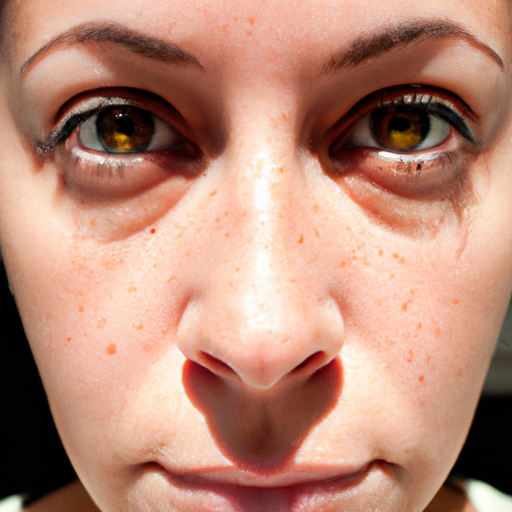Title: Unmasking Radiance: A Comprehensive Guide to Face and Body Exfoliants and Their Usage
As a medical professional, I am often asked about the best ways to maintain healthy skin. One of the most effective methods is through the use of exfoliants. Exfoliation, the process of removing dead skin cells from the surface of your skin, can reveal a brighter, more radiant complexion. However, it’s essential to understand the different types of exfoliants and their appropriate usage to ensure optimal results and prevent potential harm to your skin.
Exfoliants can be broadly categorized into two types: physical and chemical. Physical exfoliants are products or tools that manually remove dead skin cells through scrubbing or brushing. Examples include face scrubs with tiny particles, brushes, and microdermabrasion treatments. On the other hand, chemical exfoliants use acids or enzymes to dissolve the bonds between skin cells, allowing them to shed naturally. These include alpha-hydroxy acids (AHAs), beta-hydroxy acids (BHAs), and retinoids.
Physical exfoliants can provide immediate results, as they scrub away dead skin cells on contact. They are excellent for individuals with oily or thick skin. However, they must be used with caution. Over-exfoliation or using a product with overly harsh particles can cause micro-tears in the skin, leading to irritation, redness, and sensitivity. As a rule of thumb, physical exfoliation should be limited to once or twice a week, and always follow with a moisturizer to replenish the skin.
Chemical exfoliants, while sounding intimidating, can be gentler on the skin than their physical counterparts. They work at a deeper level and are excellent for treating specific skin concerns like acne, hyperpigmentation, and aging. AHAs, such as glycolic and lactic acid, are water-soluble and work on the skin’s surface, making them suitable for dry or sun-damaged skin. BHAs, like salicylic acid, are oil-soluble, penetrating deeper into the pores, making them ideal for oily, acne-prone skin. Retinoids, derived from vitamin A, can help with skin cell turnover and collagen production, aiding in anti-aging efforts.
However, chemical exfoliants require careful usage. They can cause sensitivity to the sun, so always use a broad-spectrum sunscreen during the day. Also, start with a low concentration and gradually increase as your skin builds tolerance. It’s recommended to patch test any new product to avoid potential allergic reactions.
When it comes to body exfoliation, the same principles apply. However, the skin on our body is thicker and less sensitive than our face, allowing for more robust exfoliation. Body scrubs or brushes can be used a few times a week while in the shower. Chemical exfoliants in the form of body lotions or washes containing AHAs or BHAs can also be beneficial, especially for conditions like keratosis pilaris.
In conclusion, exfoliation is a powerful tool in your skincare arsenal. It can unveil a more radiant complexion, improve skin texture, and enhance the absorption of other skincare products. However, it’s crucial to choose the right type of exfoliant for your skin type and concerns and use them responsibly to avoid potential damage. As always, when in doubt, consult with a dermatologist or skincare professional to guide you on your journey to unmasking your radiance.



